"People are divided into three or six, etc., wood rosewood rosewood", can be listed in the "Redwood" national standard 5 genera and 8 types of 33 kinds of mahogany, no doubt its material is outstanding among the precious hardwood. Among the 33 kinds of redwoods, the price and recognition in the market are also very different. Some of the nationally recognized redwoods with high market awareness are listed in the two camps of “Five Tigers†and “Baguaâ€, occupying their place in the rankings. So let's take a look at the list of "Five Tigers"!
NO.1 Hainan huanghuali (Dalbergia sinensis)
Dalbergia sinensis is Dalbergia and fragrant wood. It is produced in Hainan Island, China. It is commonly known as Hainan huanghuali. In recent years, its price has risen sharply and its price level has been higher than that of rosewood.
The wood is stable and the texture is clear. There are many hibiscus common in wood grain. These hibiscus is also flat and not cracked. It shows the texture of fox head, old man's head and hair. It is often called “ghost faceâ€, but Not all sea yellow has a face. Huanghuali is hard wood, feels warm, and does not have a rough feeling. It is like a firefly-like phosphorescence. After the wood chips are soaked, the water is green.
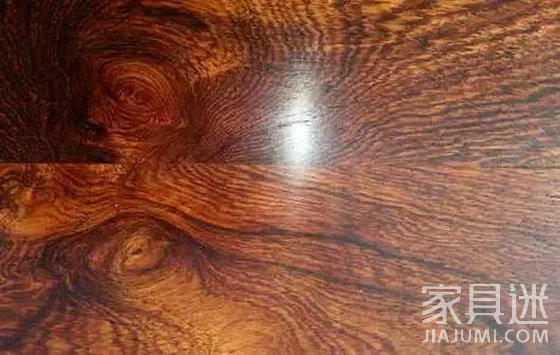
Four characteristics:
Smell: It has a light fragrance and is not as dense and long-lasting as agarwood. Only new cuts or sealed cups and jars can be smelled. Once the new cuts are exposed to the air, the fragrance will slowly fade away. Scratch the new surface and it will come out again. In addition, even in rainy or humid weather, sea yellow will give off a scent.
Pattern: The trunk pattern is clear and the black ribs are more obvious. However, the root pattern is relatively blurred, and the black ribs are not high in definition.
Color: Most of the sea yellow material, the surface is easy to polish the fluorescence, after sweeping the wax into a translucent amber texture, warm and jade, and a few long-term soaked sea yellow roots or rods will appear like yellow. The surface of the material, the light is not waxed, but it looks much better.
Ghost Eyes: Most people regard the sea yellow "grimace" as an important indicator of identification. In fact, this is wrong. The more yellow, there is also a "grimace", so to have a glance at it, you must look at the "ghost eye". All sea yellow has a common feature, that is, the point where the so-called "ghost face" is particularly dark, commonly known as "ghost eye", and the yellower No ghosts.
NO.2 lobular rosewood ( sandalwood rosewood)
Sandalwood rosewood is a genus of red sandalwood and rosewood. It is mainly produced in Andhra Pradesh, India. It is also known as "small leaf red sandalwood". It is also the only "red sandalwood" in the traditional concept of the market. It is one of the most valuable woods in the world. The king of wood.
Sandalwood rosewood almost all the advantages of precious wood, and the growth period is extremely slow, and the tree is hollow. In the folks, there is a saying of "ten sandal nine air, one hundred years inch sandalwood".
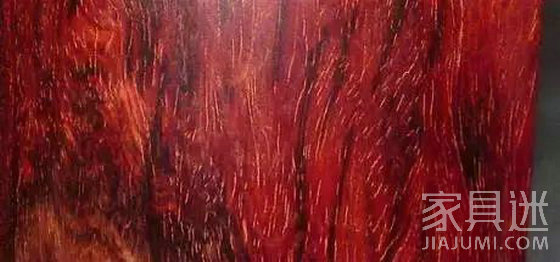
Four characteristics:
Look at the "color": the new section is orange-red, after a period of oxidation, it turns purple, and the color of the tree fork is dark brown.
Look at the "cow hair pattern": there is a little bit like a cow hair. The trunk has a dense texture and small hairs; the roots or forks have "black eyes".
Bubble "wood color": scrape a little leaflet rosewood powder, put it into clear water, after 10 minutes, it shows a wine red soup color.
Smell the "scent": the newly cut material of the lobular rosewood or the high temperature of the fire, there is a faint sandalwood fragrance that distinguishes other woods. (Smell is the ultimate and most effective method of identification)
NO.3 red rosewood (Sian rosewood)
Dalbergia chinensis is Dalbergia, red rosewood, mainly produced in Laos, commonly known as "Laos red rosewood", "old mahogany", "red rosewood". The wood is dark red, and the red rosewood usually has a sour vinegar flavor, especially a new section.
Not as good as red sandalwood, but also very delicate, brown eyes are slender. Red rosewood will emit a unique acid aroma, which is oily and will turn black after being exposed to the air for several years.
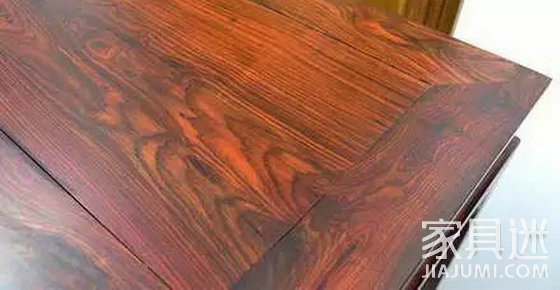
Four characteristics:
Color: wood and color are similar to lobular rosewood, the annual ring texture is thicker, the texture has black ribs, and the color is similar to jujube red.
Texture: The most obvious difference between it and other woods is that its wood grain often has dark brown or black stripes (commonly known as black ribs) in deep red. The structure is fine and dense, the pupil is large, the texture is clear, and there is straight. Pattern, flower pattern.
Odor: All rosewoods (including red rosewood and black rosewood) are sour. The best-made P. sylvestris grows in the high mountains of northern Laos and the scent is more diffuse.
Soup color: Scratch a little bit of rosewood powder, put it into clear water, and after ten minutes it will show a tea yellow soup color.
Extended reading: mahogany furniture wood large set
NO.4 large leaf rosewood (Lushi black rosewood)
L. black Dalbergia is Dalbergia, black rosewood, commonly known as "big leaf rosewood", the origin is Madagascar, Africa. During the period of entering the country, it was once promoted by the merchants as sandalwood rosewood. Some experts were also misled, and it was called “island red sandalwoodâ€, and lobular rosewood was “continental red sandalwoodâ€, after the United Nations Environmental Protection Organization and the Madagascar government. Clarification, an "international joke" was able to end.
There are many similarities with sandalwood rosewood, but in contrast, its texture is thicker, the color is purple-brown, the brown grain is wider, and there are obvious vascular brown eyes after grinding. Although after a period of storm, the big leaf rosewood is indeed a more precious wood, and the price on the market is after the red rosewood.
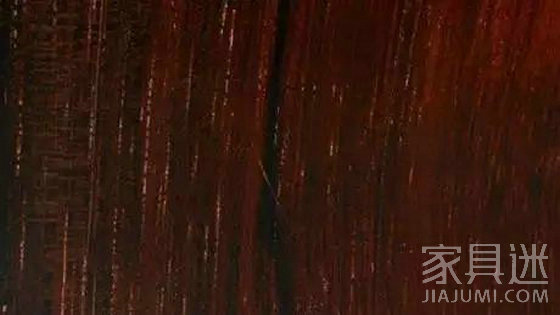
Three characteristics:
Color: After the new wood is sawn, the color is orange-red, the color is purple and black, and some are dark and lacquered, and almost no texture is seen.
Texture: The surface characteristics of the wood are close to the lobular rosewood, but the texture is relatively thick, and the cow's hair is long, partial, and straight. After the grinding, there are obvious wood lines, that is, brown eyes appear.
Odor: It has a light acid aroma and is obviously different from the faint sandalwood of lobular rosewood.
NO.5 Purple Sandalwood (East African Black Dalbergia)
Black Dalbergia in East Africa is Dalbergia and Black Rosewood, commonly known as "Purple Tan", which is mainly produced in eastern Africa. The cut surface is smooth and the oil is heavy. Brown eyes are scarce and the texture is tight. The sapwood is narrow, white to pale yellow, and the heartwood is dark purple-brown with black stripes. The texture is even and fine, mostly straight.
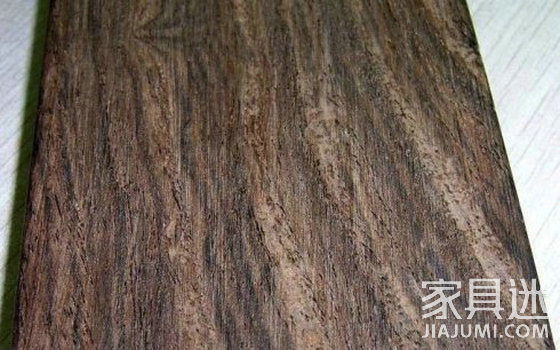
In terms of log prices, Ziguang Tan is ranked only in the middle and rear position in all redwoods. Although the span of the logs is uneven, the price is similar to that of Burmese and Huazhi.
Although the price of logs is not high, it is difficult to retrieve materials, and the yield is extremely low, only 10%-15%. At the same time, due to the high hardness, the processing is also very difficult, so the price of finished furniture has even been compared with the red rosewood furniture, fully qualified to be included in the "five tigers"!
(Original title: Redwood Inspection Agency for the analysis of precious mahogany furniture (wood) list)
Leather And Pu Collar,Pu Collar And Leather,Leather Pet Dog Collars,Fashion Collar
Wenzhou Vigorous Pet Products Co.,Ltd , https://www.vigorouspet.com